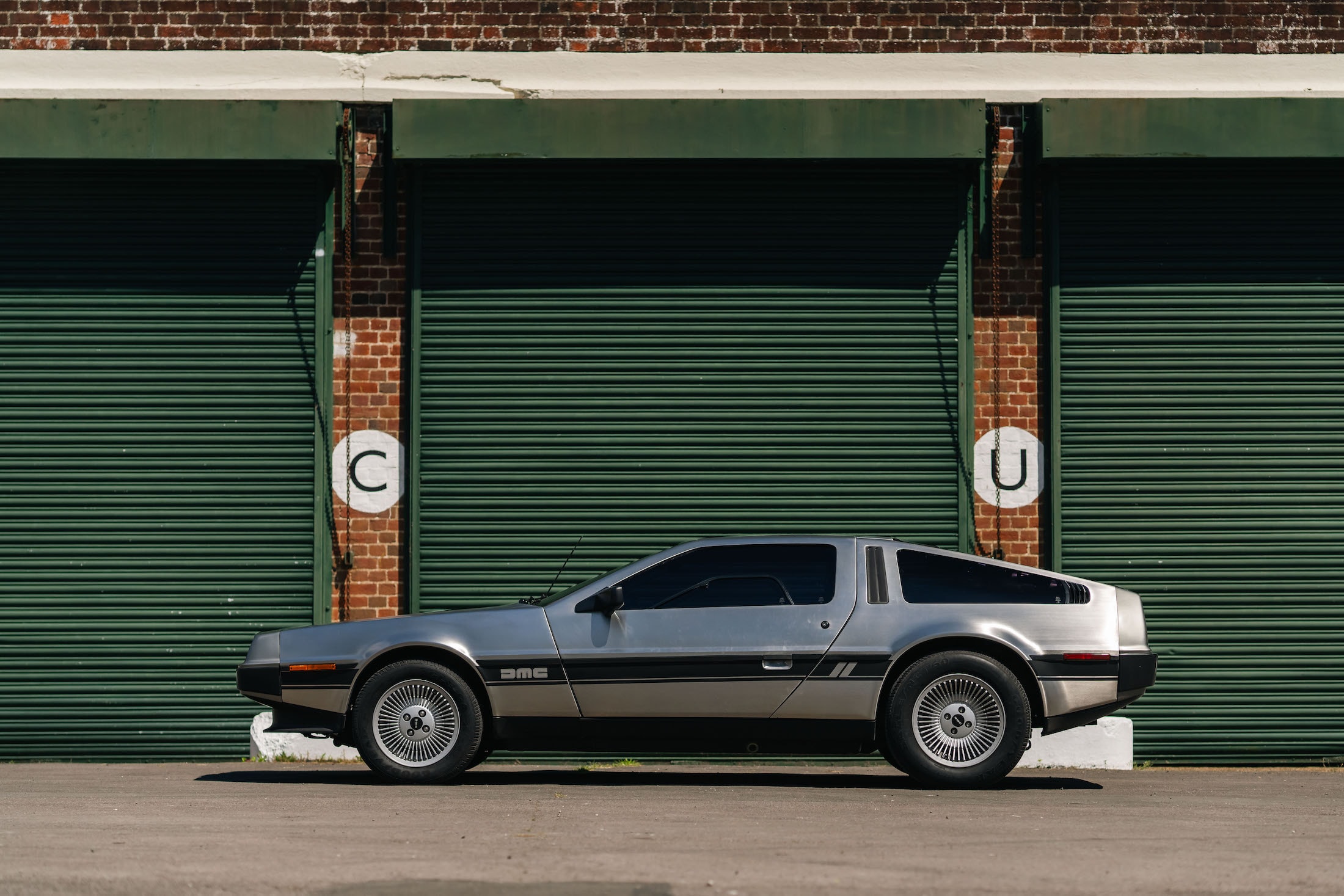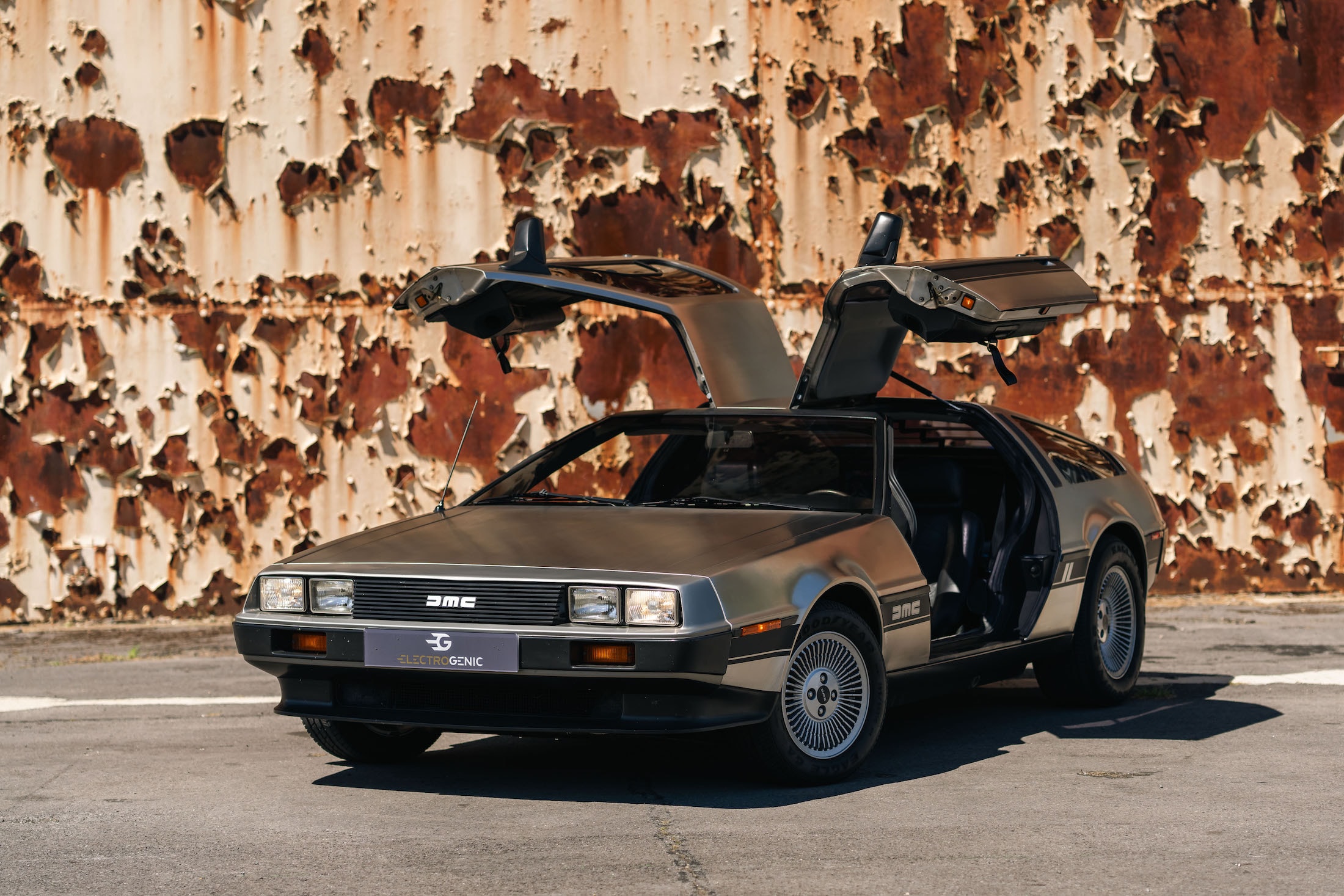The ability to easily upgrade components is a significant advantage of electric vehicles (EVs) over internal combustion engine (ICE) vehicles. While ICE vehicles often require complete engine replacements for modernization, EVs can simply be equipped with more advanced motors or batteries.
This flexibility is particularly valuable for preserving classic cars, allowing them to remain relevant and enjoyable while maintaining their historical integrity. The recent conversion of a DeLorean to electric power demonstrates the potential of this approach.
The converted DeLorean outperforms the original ICE model in terms of performance and efficiency, showcasing the benefits of electric propulsion.

This trend is likely to continue as EV technology advances and more classic car owners seek to modernize their vehicles. In addition to preserving classic cars, the upgradability of EVs also offers opportunities for customization and personalization. Owners can choose from a variety of motor and battery options to tailor their vehicles to their specific needs and preferences.
This level of customization is not possible with ICE vehicles, which are constrained by the limitations of their original engines. The upgradability of EVs represents a significant advantage over ICE vehicles. It allows for modernization, preservation, customization, and personalization, making EVs a compelling choice for both classic car enthusiasts and those seeking a more sustainable and efficient mode of transportation.
The rise of the internal combustion engine (ICE) in the early 20th century marked a turning point for the automotive industry, ultimately leading to the decline and eventual disappearance of electric vehicles (EVs). While many classic ICE cars have survived the test of time, their electric counterparts have faced significant challenges in preservation. One of the primary reasons for this disparity lies in the nature of their power sources.
EV batteries, unlike the relatively simple and durable engines of ICE vehicles, are complex electrochemical systems that degrade over time. Factors such as repeated charging and discharging, temperature extremes, and storage conditions can accelerate this degradation. As batteries age, their capacity diminishes, leading to reduced range and performance.
Additionally, the materials used in EV batteries, such as lithium-ion, can be subject to various chemical reactions that can compromise their structural integrity. The cost of replacing an EV battery is often prohibitive, especially for older models. Even if replacement batteries were available, the expense would likely exceed the value of the vehicle.
This economic barrier has made it difficult for many classic EV owners to keep their vehicles running. Furthermore, the specialized knowledge and equipment required to safely handle and replace EV batteries can be scarce, further complicating the process.

The powertrains of ICE vehicles are generally more robust and easier to maintain. While they may require periodic repairs or replacements, the core components, such as the engine and transmission, are often built to last. This durability, combined with a more extensive network of repair facilities and aftermarket parts, has enabled many classic ICE cars to remain on the road for decades.
The challenges faced by EV preservationists highlight the importance of addressing battery technology and infrastructure issues in the future. As battery technology continues to evolve, more sustainable and cost-effective solutions may emerge.
Additionally, the development of a robust network of charging stations and battery recycling facilities can help to ensure the long-term viability of electric vehicles. By overcoming these obstacles, we can preserve the history of electric transportation and pave the way for a more sustainable future.

